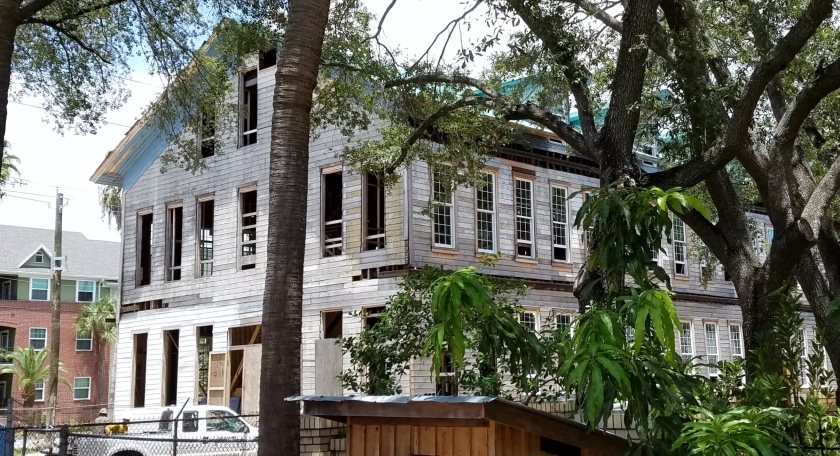Sailing out of Tampa
Before boarding the Empress of the Seas for our adventure to Havana, we spent a couple of days in Tampa, Fl. Our goal was to visit the neighborhood of Ybor City. Founded in the 1880s by Vicente Martinez-Ybor, Ybor City is a unique example of successful immigrant assimilation.




Ybor, was a prominent cigar manufacturer in Cuba. He moved his factory from Cuba to Key West in 1869 during political turmoil in the then-Spanish colony. But soon, desiring to establish his own “company town” with room for growth and expansion, he bought 40 acres of land northeast of Tampa; built hundreds of small pre-fab houses (precursor to the Sears house kits?) to attract skilled Cuban cigar makers; and welcomed other cigar manufacturers, eventually making Tampa a major cigar manufacturing hub. The humid climate, nearby port and Henry Plant’s new railroad line contributed to the success of Ybor city.



Further contributing to its success were the European immigrants from Sicily, Germany, and Romania. The Chinese came, also! Together, they built a real town. The Germans were managers, bookkeepers, and supervisors. It was the German immigrants who not only designed and created the cigar labels but also built the factories to produce the wooden cigar boxes. The Italians came and started small businesses such as bakeries, cafes, restaurants, food stores and boarding houses. The Romanians and Chinese were adept at the service trade and retail sales.





The city peaked in 1929. And then the Depression came. It wasn’t until 50 years later that artists and entrepreneurs came back to Ybor City. Today tourism flourishes. Hotels, restaurants, and shopping are in abundance.
A point of interest is the Parque de Jose Marti. It is owned by the Cuban government and enjoys status similar to embassies and consulates!



Next port-of-call is Key West, Florida.
Have a safe cruise!
LikeLike